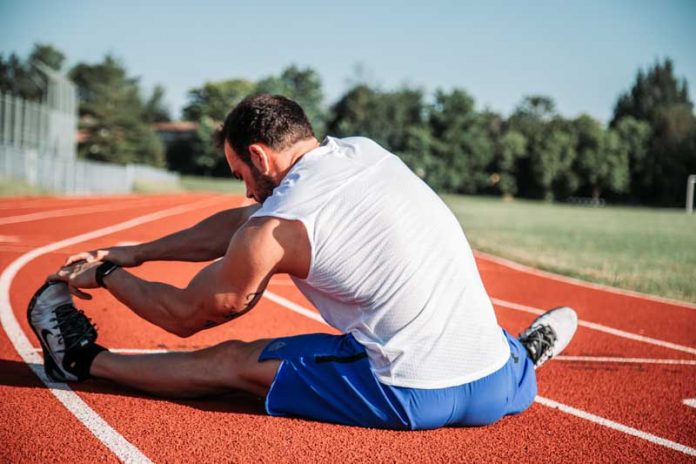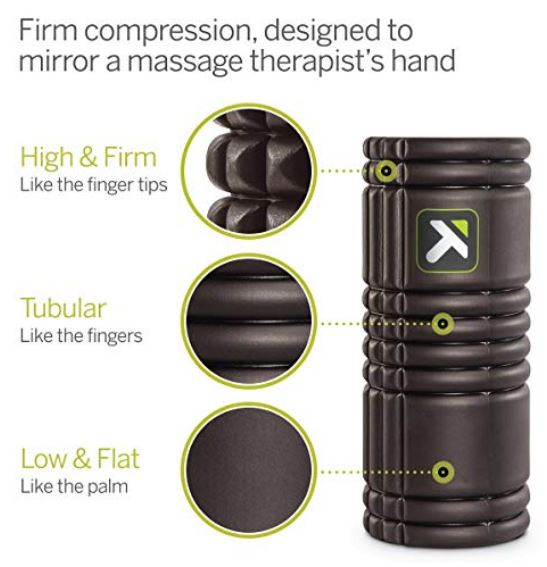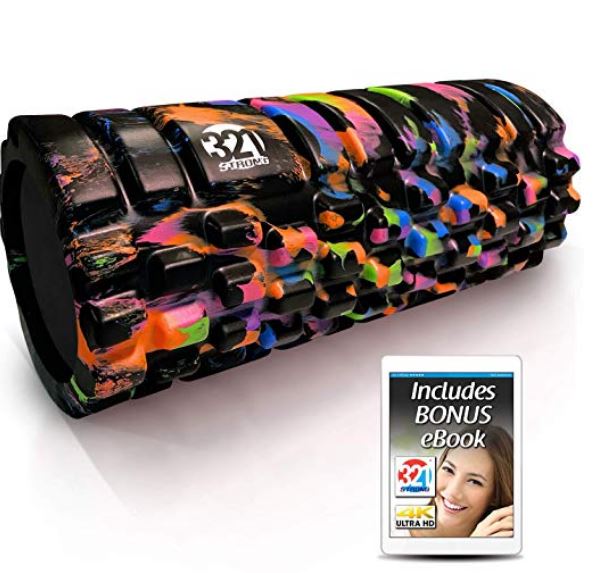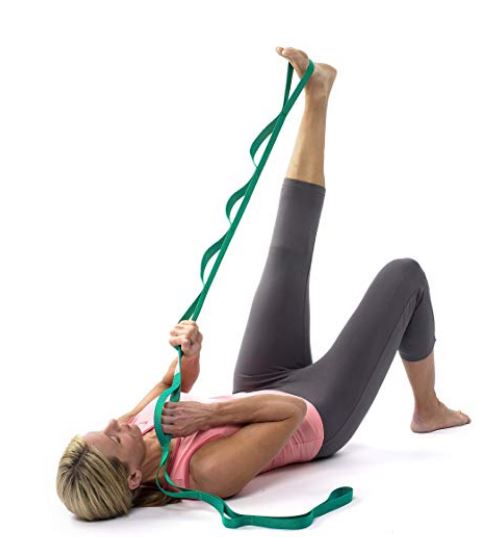Flexibility training is a key component for all training programs and that implies for runners as well since it can correct your muscle imbalances, increase the joint range of motion, maintain the normal length of your muscles and generally relieve the joint stress.
Muscular imbalances are highly prevalent in long distance runners and cycling since the overload pattern to consistently repeating the same pattern of motion, that eventually with time it places abnormal stresses on the body.
To better appreciate the benefit of flexibility stretching we must first understand the different types of stretching in order to evaluate what is the best stretching for runners. We must identify when to use them and the importance of following a systematic progression of stretching so you will avoid injuring yourself.
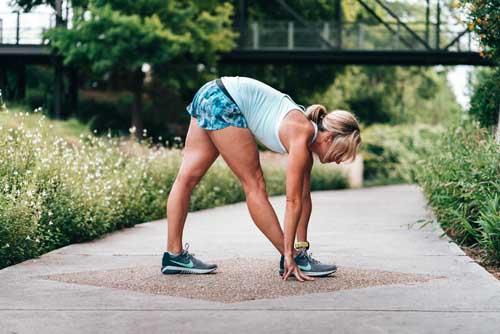
When and Which Type of Stretching Should Be Used?
Self-Myofascial Release (SMR)
We use SMR to assist in the correction of any existing muscle imbalances, reduce the knots within our muscles. SMR can be used before exercise as well as after exercise. As a runner myself I make sure if I feel my muscles that are tighten to perform my quick routine before I go out for running that last around 5 minutes and I go through the stretches I describe below. I feel that doing my SMR stretches can save the day for any potential injury – but that maybe is in mind or not… who knows… but a 5 minutes may save me from hours of physiotherapy to fix an injury … better to be proactive .. that’s my running philosophy i adapt after painful and cumulative injuries through overtraining and muscle overuse..
I feel that doing my SMR stretches can save the day..
SMR is good to be done before static stretching because its breaking up the knots that may potentially improve the tissue’s ability to lengthen through our stretching techniques.
SMR can be performed by using various Foam Rolling techniques and various levels of Foam Roll. A very good Foam roll is the TriggerPoint GRID Foam Roller and the 321 STRONG Foam Roller.
It is crucial to perform the SMR correctly by finding a tender spot , the knot and sustain pressure on that spot for a minimum of 30 seconds and It may take longer, depending on the person’s ability to consciously relax. You must always be cautious and if it causes you a lot of pain you should not force it, it’s not a no pain no gain situation, think progressively and slowly slowly you will adapt.
Four important stretches for myofascial release for every runner to avoid overuse injuries are:
Static Stretching
We use static stretching to correct existing muscle imbalances and lengthen or tight muscles. We can use static stretching before exercise as well as after exercise. As per NASM (National Academy of Sports Medicine) the evidence is strong that static progressive stretching that we perform daily causes increased flexibility in the stretched muscle.
Recently, researchers have suggested that static stretching, performed immediately before exercise or athletic events, may decrease muscular strength and impair performance. The research in this area is still developing, but there are several studies that have found that static stretching may decrease maximal strength and power for up to 10 minutes.
Should you stretch before your run. the best answer is both “yes” and “no.”. For me is a big NO but again that’s my personal preference that works for me. I never do static stretching before my run because I feel that by lengthening the muscle, the muscle feels lazier.
OPTP The Original Stretch Out Strap with Exercise Poster Top Choice
In order to assist my static stretching i found it very useful to use a professional band. My top choice of band is the OPTP The Original Stretch Out Strap that it comes with an instructional exercise poster that will guide you through.
Static stretching must performed by taking a muscle to the point of tension (not over extending it- that will come over time progressively) and holding the stretch for the minimum of 30 seconds. As a runner it’s a must for me to perform a static stretching for a 5 minutes routine after my run, it’s a kind of my after run meditation that I am looking forward to do it after every single run. My routine includes the following static stretches:
Active Stretching: We use this type of stretching to increase the extensibility of soft tissues and ass per NASM there is moderate evidence that forms of active stretching can increase joint range of motion and muscle flexibility.
Dynamic Stretching: is used to increase flexibility with optimal neuromuscular control. This should be used once you feel that you have adequate control over the difference motions of your focus to prevent any injury.
Active and Dynamic stretching its my must GO GO strategy before any fast speed training session or race. Some of my routine of active and dynamic stretches are the following:
Just to wrap up as a runner myself before any run I avoid any static stretching that is held for more than 30 second since some research show that may decrease strength and power. Sometimes when I feel that I have a really overactive muscle before my run, I perform stretches on the tight muscle but I keep the stretch for 5-6 seconds and I perform that by repeating it 5-10 times but I avoid to keep the stretch for a prolonged time.
I also use active and dynamic stretching without feeling any loss of strength or power before my running activity. Closing I want to let you know that stretching and flexibility plays a big role in my running since over time and progressively, I feel that flexibility training and stretches reduce the rate of injury for me… who knows maybe it will work for you as well… always remember, that flexibility training is something that must be done progressively and through the guidance of a professional.
References: NASM ESSENTIALS OF PERSONAL FITNESS TRAINING, edition 6th


